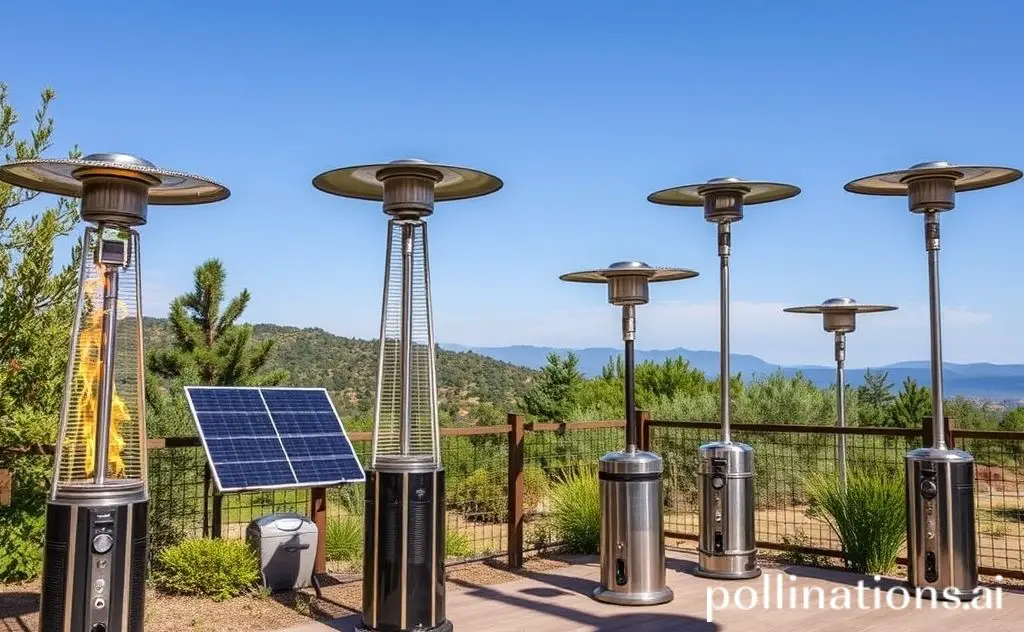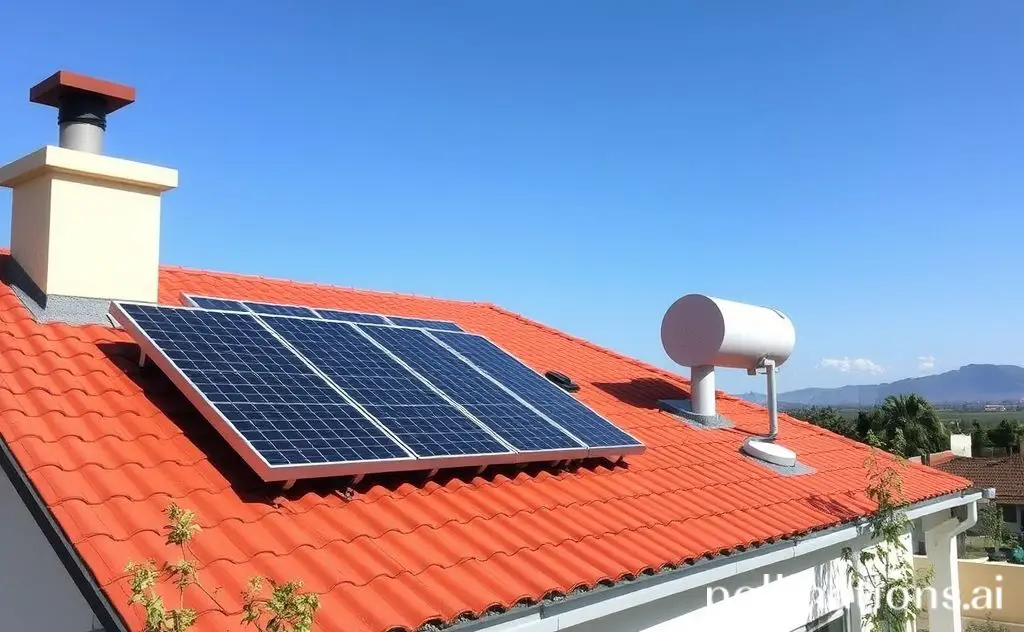Solar powered heaters harness the sun’s energy to provide clean, renewable heat for homes, water, and pools. With rising energy costs, these systems offer an eco-friendly alternative to traditional heating methods. This guide explores the different types available and how they work.

1. Active Solar Water Heating Systems
Active systems use pumps to circulate water or heat-transfer fluid through solar collectors. They’re more efficient than passive systems but require electricity to operate the pumps.
Direct Circulation Systems
These pump household water directly through collectors. Ideal for warm climates where freezing is rare. The heated water flows into a storage tank then to faucets.
Indirect Circulation Systems
Use a heat-transfer fluid (like antifreeze) that circulates through collectors and a heat exchanger. This heats the water in the storage tank. Better for freezing climates.
For more on efficient water heating, see our guide to tankless water heaters with recirculating pumps.

2. Passive Solar Water Heating Systems
Passive systems don’t use pumps, making them simpler and more reliable. While less efficient, they often last longer with minimal maintenance.
Integral Collector-Storage Systems
Combine storage tank and collector in one unit. Water is heated in the tank, which is covered with insulating glazing. Best for mild climates with minimal freezing.
Thermosyphon Systems
Water flows naturally when heated, with warm water rising into the tank. These systems require careful installation to ensure proper water flow. Most have a 40-gallon capacity.
3. Solar Pool Heaters
These simple systems use unglazed collectors made of durable rubber or plastic. Pool water is pumped through the collectors and returned to the pool warmer. According to Energy.gov, they can extend swimming seasons by several months.
- Solar heater mat uses solar technology to increase the temperature of the pool water by approximately 5 to 9 degrees depending on the weather
- Features an 11-square-foot surface to absorb the sun's rays to heat up above-ground pools; Dimensions (L x W): 47.25 x 47.25 inches (flat)
- Simple and economical to use, compatible with filter pumps with up to 1/3 HP or a pump flow rate less than 2,000 GPH; Weight: 6.41 pounds
- Includes a 1.25-inch hose attachment point, a bypass valve, 1 adaptor A, and 1 adaptor B for a 1.50-inch hose connection
- Constructed of heavy-duty UV stabilized PVC; Suitable for above-ground pools up to 8000 gallons; Folds for compact winter storage
4. Solar Space Heaters
These systems heat air directly for room heating. Two main types exist:
- Air Collectors: Mounted on walls or roofs, they draw in cool air, heat it with solar energy, and circulate it back into the room.
- Thermal Mass Systems: Use materials like stone or water to absorb heat during the day and release it at night.
For indoor heating alternatives, consider ventless natural gas wall heaters.
- With its compact design, this solar panel is a practical those who value and portability in their outdoor gears.
- for use in various setting such as pet houses, vehicles, and garden spaces, providing warmth during colder months.
- efficient heating with our Solar Power Heater, designed to harness solar energy for warming spaces like chicken coops, dog houses and car interior.
- Ideal for individuals seeking sustainable heating solution for their pet, plant, or outdoor adventures.
- Built with monocrystalline silicon PET technology, this heater ensures long term performances.
5. Solar Air Heating Systems
Similar to space heaters but designed for whole-house heating. They can be:
| Type | Description | Best For |
|---|---|---|
| Through-wall | Collectors mounted on exterior walls heat air that enters rooms | Single rooms |
| Roof-mounted | Heated air distributed through ducts | Whole-house heating |
6. Hybrid Solar Heating Systems
Combine solar with conventional heating for reliability. The solar system preheats water or air, reducing the workload on traditional systems. These often include:
- Solar collectors
- Heat storage
- Backup heating (electric or gas)
- Control system
According to NREL research, hybrid systems can reduce conventional energy use by 40-60%.
Solar Collector Types Compared
All solar heating systems use collectors to capture the sun’s energy. The three main types are:
Flat-Plate Collectors
Most common for residential use. Glazed versions are insulated boxes with dark absorber plates under glass. Unglazed versions (for pools) lack covers.
Evacuated Tube Collectors
More efficient in cold climates. Feature rows of glass tubes with absorber fins inside. Popular for commercial applications but increasingly used in homes.
Integral Collector-Storage
Combine storage and collection in one unit. Simple but limited to mild climates due to freezing risk.
For those considering other efficient heating options, learn about infrared heating technology.



